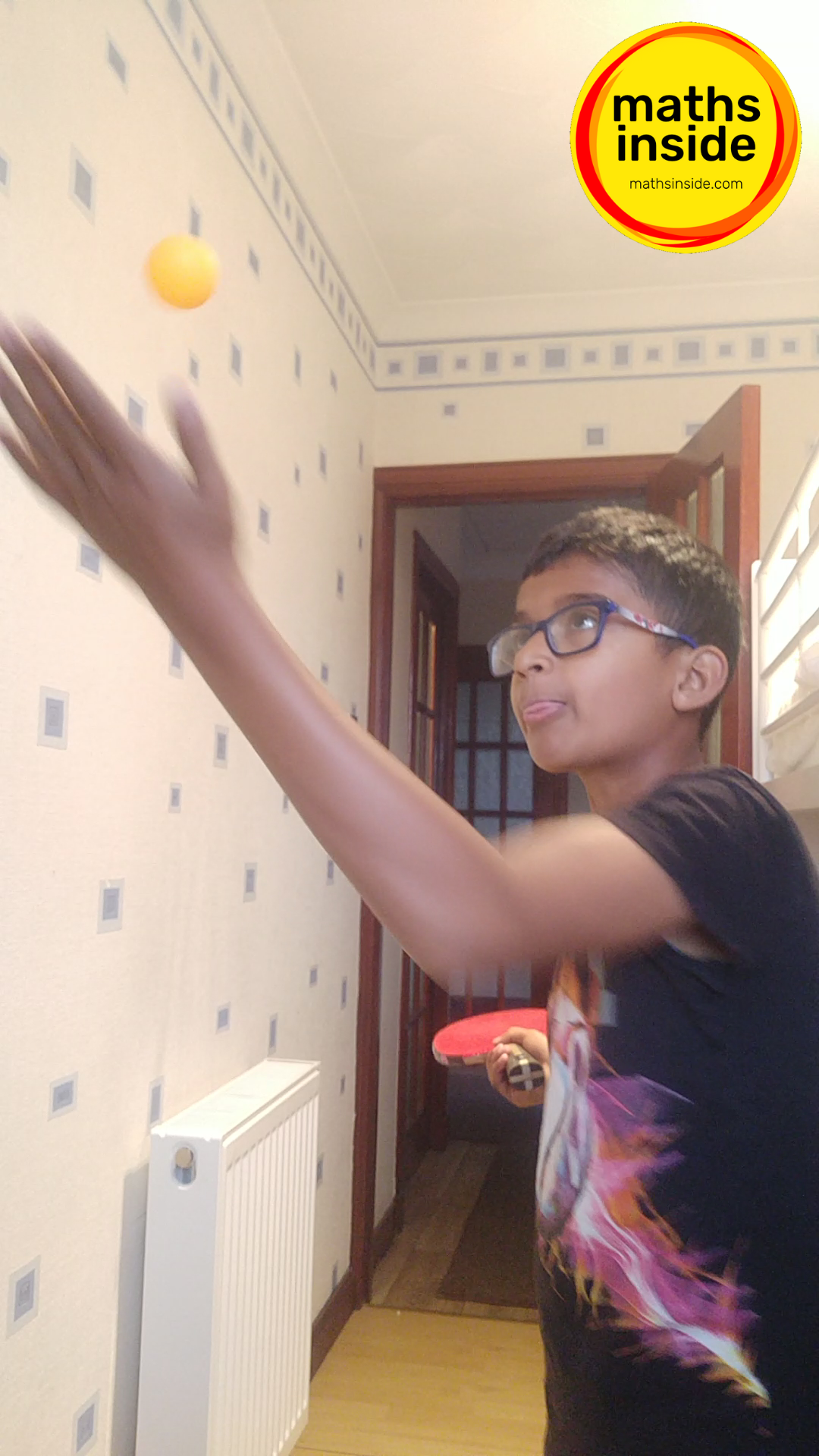Maths in Table Tennis (in motion)

In the land of mathematics, spin in table tennis can be thought of as angular momentum. It involves the rotation or spinning of the ball around its axis as it moves through the air. There are two primary types of spin:
Topspin: When a player imparts topspin to the ball, they increase its angular momentum in the forward direction. This means the ball rotates forward while moving, causing it to dip and bounce lower when it hits the table due to the increased downward force.
Backspin: Conversely, when a player imparts backspin to the ball, they increase its angular momentum in the backward direction. This results in the ball spinning backward as it moves, causing it to float upward and slow down when it bounces on the table.
The effect of spin in table tennis can be likened to the behavior of a spinning top or gyroscope in physics, where the direction and magnitude of the angular momentum affect the trajectory and behavior of the object in motion. Players manipulate these angular momentum properties to control the ball’s path and make it more challenging for their opponents to return effectively.
— Haridarshan Bhatt (S1)